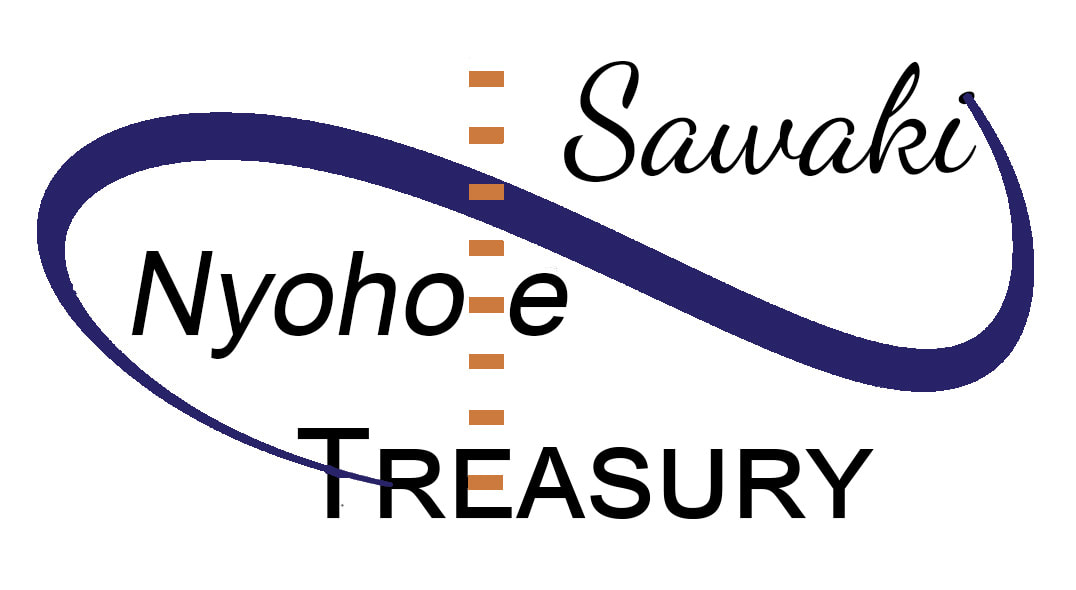|
Texts and reference materials
Kesa kudoku Den-e Commentaries by: - Jiun Onko - Kodo Sawaki - Eko Hashimoto - Japanese Soto monk scholars Style guide |
| |||||||||||
Multimedia
Kesa Study Channel
Kesa Study Channel
|
|
|
|
Dharma teachings from the practice of sewing and wearing okesa
Ehou ichinyo and kesa kudoku (which is one of Sotoshu's 24 key terms) Basic knowledge of the robe regulation in the Vinayas, also here and here Deeper understanding of the significance of kesa and Buddhist practice Explore the teaching of ehou ichinyo (kesa and the dharma are one)
|
| ||||||||||||||||||||
Commercially made okesa and Nyoho-e
Explore the history of commercially made okesa
How the commercial okesa is made
Izutsu (Koromo Company)’s catalogue (I can't find a website . . ?)
Machine made and handmade, the story of Narasaki roshi with Zuiko Redding.
Explore the history of commercially made okesa
How the commercial okesa is made
Izutsu (Koromo Company)’s catalogue (I can't find a website . . ?)
Machine made and handmade, the story of Narasaki roshi with Zuiko Redding.
Relationship with Japanese Soto School
Soto School regulations about kesa, history of its effort to avoid going too fancy
Soto style okesa and Nyoho-e, its history and our approach.
Interview the dharma teachers about their attitude and protocols for official and unofficial Sotoshu events
Soto School regulations about kesa, history of its effort to avoid going too fancy
Soto style okesa and Nyoho-e, its history and our approach.
Interview the dharma teachers about their attitude and protocols for official and unofficial Sotoshu events
About the word ‘sewing teacher’
In Japan there’s no word for "sewing teacher" in the context of okesa sewing.
At the Fukudenkai (named by Kodo Sawaki, okesa sewing group started in 1964) they don’t even use
In Japan there’s no word for "sewing teacher" in the context of okesa sewing.
At the Fukudenkai (named by Kodo Sawaki, okesa sewing group started in 1964) they don’t even use
|
News from the sewing community
Introduce the sewing activities of Zen Centers, small sanghas and temples Photos of rakusu and okesa sewing classes (who are the participants, the leaders and assistants) |
| ||||||||||||
|
International Buddhist Communities
What type of Buddha’s robe are they wearing? Photos of the robes from different traditions (India, China, Korea, Tibetan, Theravada…) Kathina Robe Ceremony in Theravada community (Info about the location, date, time and photos) |
| |||||||||
